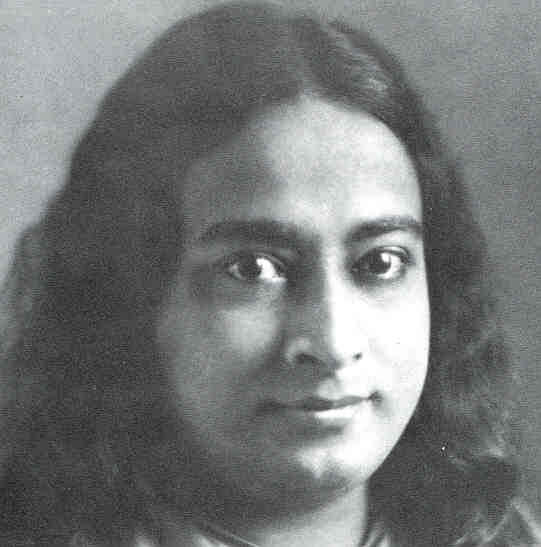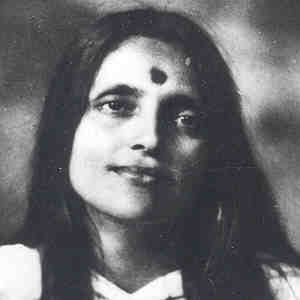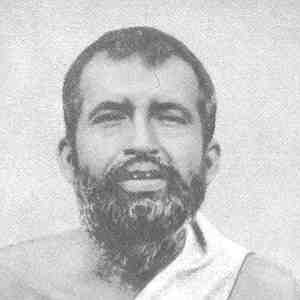OM-GURU.COM |  | Biographies of Saints, Teachers, and Seekers in the Indian Tradition |
   |
Gurus, Saints, and Seekers:
Holy Men and Women in the Indian Tradition
This page is devoted to introducing westerners to teachers from different Indian religious traditions. It consists of pictures and short life-stories of charismatic seekers, saints, teachers, and gurus from the 19th and 20th centuries who trace their religious origins to India. In addition, references will be given to help the reader learn more about these individuals. This is a brief essay on the meaning of the term guru in the Hindu Tradition. Guru in addition to its common meaning of teacher, also means "heavy" in Sanskrit. The role of the guru is therefore weighty or important because it is a crucial one for a disciple. Choosing the right guru can strongly affect a disciple's spiritual destiny. The tradition of seeking, evaluating, accepting, and following a guru is deeply rooted in Hindu society from the time of the earliest Hindu writings. However, not all disciples maintain a close outer connection with their guru. While some disciples spend years with their guru, others meet the guru only once in their lifetime. Some see the guru only in visions and dreams. In other cases, the only contact is through written material or pictures of the guru. In Hinduism, it is believed that certain individuals have developed spiritually to the point where they can lead others to liberation (moksha), or give them access to spiritual states either in this life, or after death. These teachers are believed to have special abilities, such as the capacity to give darshan (a transfer of blessings or spiritual power from guru to disciple via glance or mantra). In addition, some Gurus are said to be able to enter a disciple's dreams to give teachings or initiation. Sometimes the guru's gaze can cause a profound spiritual experience. Many students claim to sense a spiritual atmosphere around their teacher which affects their moods and perceptions in positive ways. Some of the pictures of gurus presented here can be found on public and private altars throughout India. The images may be accompanied by one or more Hindu gods in such situations. In rare cases, the guru is considered to be an avatar, which means incarnation of a god. Human gurus sometimes attain a degree of honor and respect that approaches that of a god. This is because like a god, the true guru has the power and wisdom to help the disciple cross the ocean of suffering to reach a state of spiritual freedom, or a heavenly paradise. The biographies that follow are intended to show the different kinds of gurus that exist, and how they relate to students. In addition, special emphasis is placed on descriptions of the spiritual experiences of these teachers. The degree of respect given to a teacher is largely based upon the perceived depth of his or her spiritual realization. The guru may attain the status of a living saint, and therefore embodies the highest ideals of the individual and culture. He or she demonstrates the reality of spiritual awareness, and shows how it can appear in any individual who provides the right conditions through mental discipline, spiritual practice, devotion, and positive actions in previous lives.
|
Home
No comments:
Post a Comment